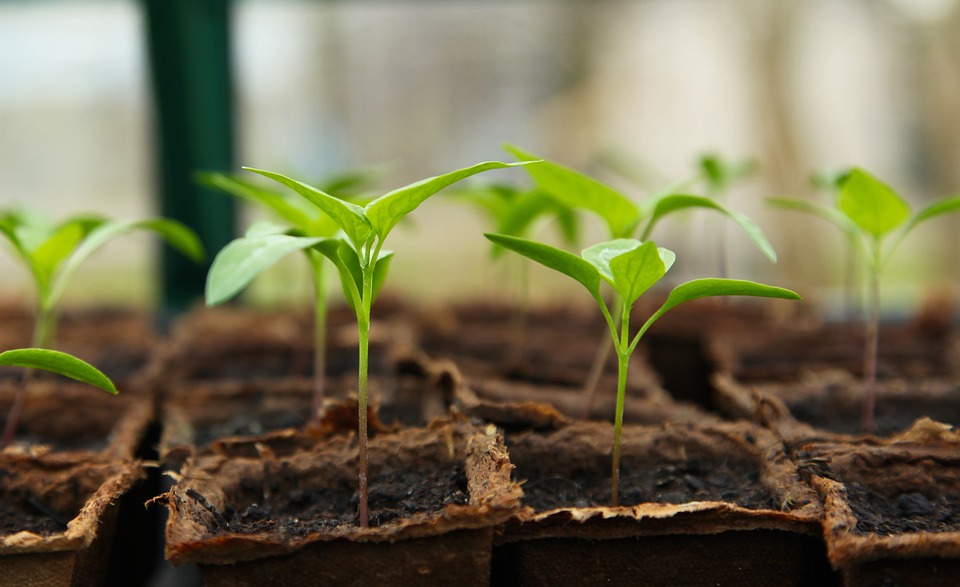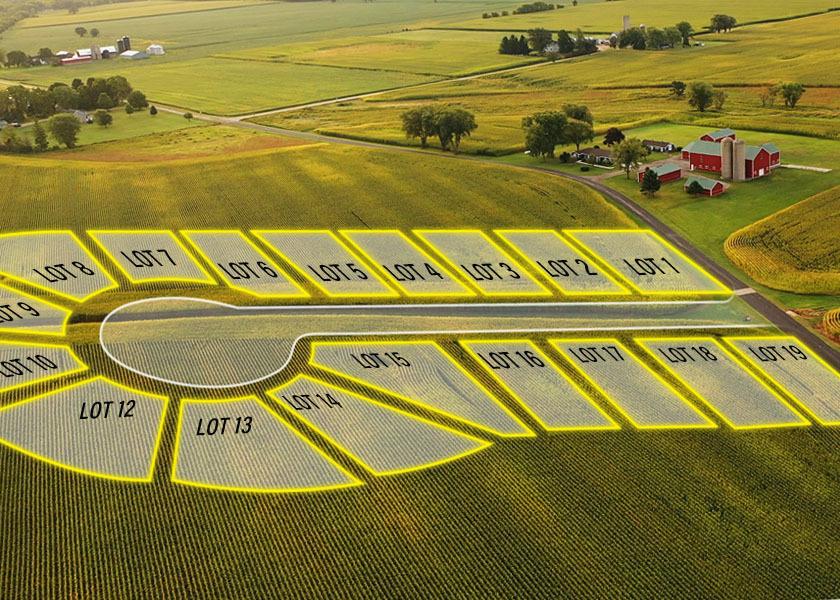The following is a short list of topics and articles from the internet that may be of some interest to our customers and website visitors. Please enjoy the following content and let us know what other type of information you would like to see here. Please note that Tiger-Sul Products bears no responsibility for the information contained in the provided links below; it is the internet after all.
| US Soil Temperature | US Soil Moisture | Manitoba Soil Temperatures |
| USDA Global Weather, Crop, and Drought Bulletins |
North Central Soil Temperature Map |
Climate Predictin Center Long-Range Forecasts |
 Field Maps Changing – According to The Ohio State University professor Dr. John Fulton, there is a new ag “datum” or set of reference point measurements, coming to GPS systems in 2026. Farmers ought to be aware that 2025 could be the last year they are able to use A-B lines and field boundaries recorded in season’s past.
Field Maps Changing – According to The Ohio State University professor Dr. John Fulton, there is a new ag “datum” or set of reference point measurements, coming to GPS systems in 2026. Farmers ought to be aware that 2025 could be the last year they are able to use A-B lines and field boundaries recorded in season’s past.
Farm Loan Changes – USDA’s long-awaited updates to the Farm Loan Programs are officially in effect. These changes, part of the Enhancing Program Access and Delivery for Farm Loans rule, are designed to increase financial flexibility for agricultural producers, allowing them to grow their operations, boost profitability, and build long-term savings.
 Another Lawsuit – The plaintiffs in Center for Food Safety v. EPA, filed suit against EPA on May 31, 2023, challenging the agency’s decision to deny their 2017 petition to regulate treated seeds. In their complaint, the plaintiffs raised claims under both FIFRA and the Administrative Procedure Act (“APA”) to argue that EPA’s interpretation of the TAE is unlawful.
Another Lawsuit – The plaintiffs in Center for Food Safety v. EPA, filed suit against EPA on May 31, 2023, challenging the agency’s decision to deny their 2017 petition to regulate treated seeds. In their complaint, the plaintiffs raised claims under both FIFRA and the Administrative Procedure Act (“APA”) to argue that EPA’s interpretation of the TAE is unlawful.
Bleak Picture – Weak agriculture commodity prices, sinking agriculture equipment sales and elevated input costs pushed the overall reading below growth neutral for the 13th straight month.
 Land Lost In Agriculture – Since the number of acres varies substantially by land use category, it is important to also look at percent change in acres. There were 8% fewer acres of land in US farms in 2022 than in 1997. Pastureland had the largest percent loss, -13%. Percent decline was roughly half as large for woodland, -6%; but only -2% for cropland.
Land Lost In Agriculture – Since the number of acres varies substantially by land use category, it is important to also look at percent change in acres. There were 8% fewer acres of land in US farms in 2022 than in 1997. Pastureland had the largest percent loss, -13%. Percent decline was roughly half as large for woodland, -6%; but only -2% for cropland.

